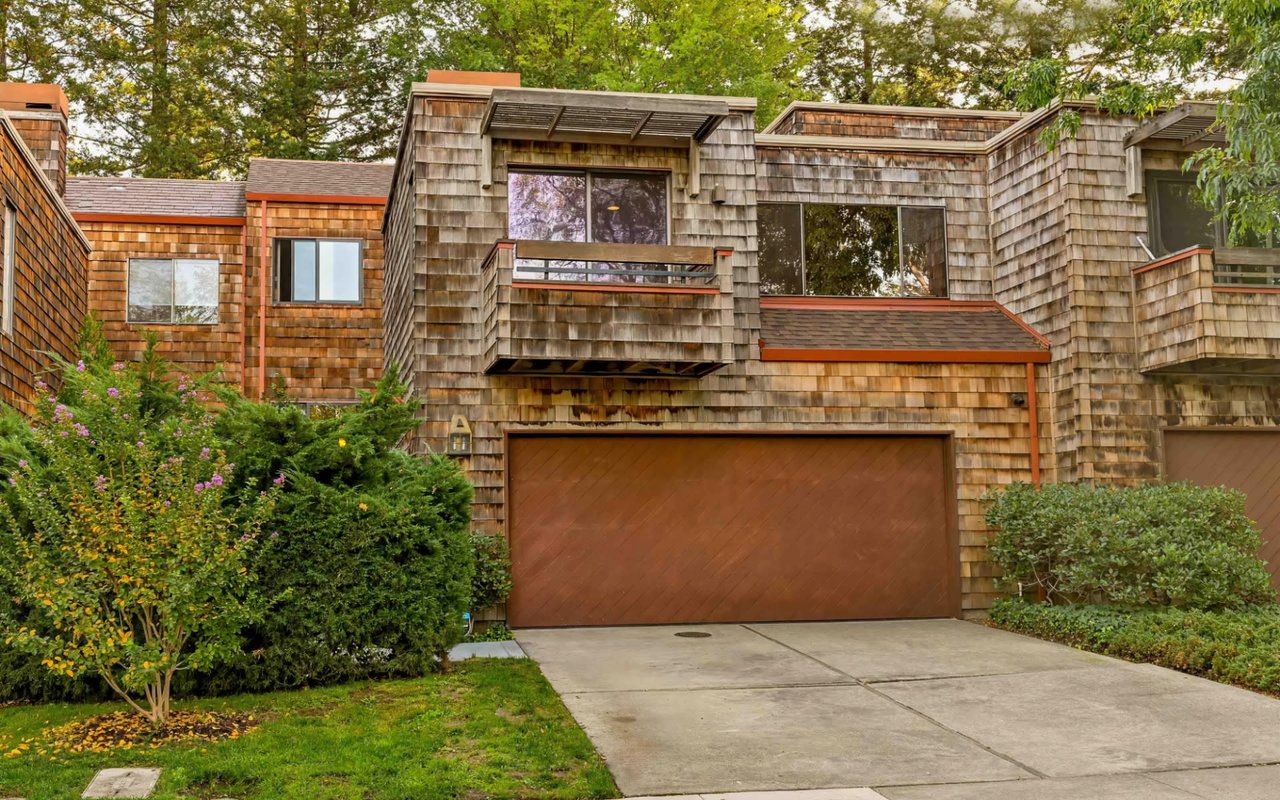When it comes to selling your home in the Bay Area, setting the right price is one of the most important—and challenging—decisions you’ll make. I’ve helped homeowners across Lafayette and the greater Bay Area navigate this process for years, and I can tell you that understanding local market dynamics makes all the difference. The Bay Area real estate market is unique, shaped by tech industry trends, limited inventory, and highly desirable communities. Pricing your home strategically can mean the difference between a quick, successful sale and a listing that lingers.
Let me walk you through how I guide my clients to price their homes right in today’s market.
How Market Conditions Shape Your Home’s Price
The Bay Area housing market is known for its ups and downs, driven by everything from tech sector performance to interest rates. Lately, rising rates and inflation have created a more cautious environment for buyers. That means setting the right price is more important than ever.
For example, when the tech industry booms, home values in places like Lafayette, Walnut Creek, and Orinda often rise because of the demand from well-paid professionals. When conditions shift, buyers become more selective—and overpriced homes can get overlooked.
Why I Always Start with a Comparative Market Analysis (CMA)
One of the first steps I take with clients is preparing a thorough Comparative Market Analysis (CMA). This isn’t just looking at Zillow estimates. I dig into recent sales of homes that match yours in size, condition, and location. In the Bay Area, even being on the wrong side of a street or just outside a top-rated school boundary can shift your price point significantly.
With my deep local knowledge of neighborhoods across Lafayette and the East Bay, I can help you interpret these numbers so you’re pricing to attract serious buyers—without leaving money on the table.
What Home Upgrades Add (or Don’t Add) Value
It’s natural to think that every home improvement increases value, but that’s not always true in our market. Bay Area buyers often prioritize modern kitchens, energy efficiency, and smart home features. I always advise clients on which upgrades will give them the best return—and which might not pay off when it’s time to sell.
The Unique Features That Boost Bay Area Home Values
In my experience, features like great views, walkability to BART, proximity to top schools, and large lot sizes can give a real boost to your asking price. I work with my clients to highlight these selling points in their listings, while keeping pricing realistic so that we generate genuine interest rather than scare off buyers.
Timing and Seasonal Trends
When you sell in the Bay Area matters. Spring and early summer often bring more buyers to the table, while the market tends to slow during the holidays. I help my clients adjust pricing strategies based on seasonality, so we’re always positioned for the best results.
The Art of Pricing for Negotiation
Bay Area buyers expect to negotiate—especially in today’s market. I help my clients set prices that leave room for flexibility without discouraging offers. It’s a fine balance, and one that comes from experience selling homes right here in Lafayette and the surrounding communities.
Adjusting Based on Real Market Feedback
If your home sits on the market without offers, it’s a sign we need to adjust. On the other hand, if we receive multiple offers right away, that can be a cue that we priced lower than we could have. I stay closely tuned in to buyer feedback so we can make smart adjustments quickly.
Thinking About Selling Your Bay Area Home?
Pricing a home in the Bay Area takes more than an online estimate. It takes local expertise, careful planning, and the right strategy for today’s market. If you’re ready to sell your home—or even if you’re just starting to think about it—let’s connect. My team and I would be honored to guide you through every step, from pricing to closing, so you can sell with confidence.
👉 Contact the Kelly Crawford Team today at (925) 998-5599 or [email protected]. Let’s get your home sold!
*Header photo courtesy of the Kelly Crawford Team































































































